Introduction
Plastic films play important roles in modern agriculture, solving many old problems for farmers. Plastic films in agriculture have a wide range of use, from conserving soil moisture to protecting crops against harsh weather conditions. This has enabled new applications for plastic films in agriculture and improved its productivity and sustainability levels, which are the main focus of this paper.
Mulching
Mulching is the widespread agricultural practice and plastic films has revolutionized this technique. Plastic films are ideal for use as a mulching material that creates an efficient barrier to weed growth, helps prevent the soil from losing moisture by evaporation, and maintains the plant roots in a temperature range conducive to proper root development. Whether or not a mulch is biodegradable, the light exposure for your plants will also be improved by its reflective properties.
Building a Greenhouse or Hoop Houses
The building of greenhouses and hoop houses would have been impossible without the plastic film as the transparent covering permits sunlight to enter, thus heating up the structure. This promotes additional fruits and vegetables throughout the year, lengthening what might otherwise be a growing season and increasing crop yield. This is particularly a reality for some controlled environment agriculture where the use of plastic films has made it such an advantage to many farmers who are able to offer their crops a protection outside what the weather has through this cost-effective enhancement.
Silage and Hay Storage
Hay and silage, a way of conserving edible forage crops to feed animals in the non-growing season This is where plastic films are applicable as they offer an airtight sealing property without which fermentation cannot take place. This can help maintain feed quality, retain the nutritional value of housed forage and reduce losses.
Insect and Pest Control
Plastic films are also used as row covers, and are especially effective for bird protection and sometimes as an insect barrier. High-quality row covers provide a physical barrier against many pests, thereby decreasing the need for chemical pesticides and following an environmentally friendly method of pest management. Plastic films have also been especially helpful in reducing the environmental impact of organic farming practices.
Irrigation Systems
The modern irrigation systems which transfer water directly to the roots of the crop are called as Drip Irrigation using plastics sheets. Irrigation is halved and direct water and nutrient infiltration in roots for equal growth uniformity due to the high efficient Nutrient Delivery System. The use of plastic films in drip irrigation systems has resulted in considerable cost savings as well as environmental benefits by decreasing water consumption and the need for fertilizers.
Crop Protection
For protecting crops against the harsh weather such as frost, hail, heavy winds plastic films are used. The mesh cover serves as a safety net that protects the crop from harm and helps maintain consistent yield. Plastic films can also act as a barrier against soil-borne diseases and pathogens, increasing plant health, and reducing the need for chemical applications.
Seedlings and Nursery
Plastic films covering nurseries and seedling cultivation allow the controlled conditions for maximum seed germination and initial growth. These films help maintain the right humidity and heat levels which can protect your small, gentle developing seedlings from being exposed to temperatures beyond what they can bear when you are using either of the external walls.
Yield and Post-Harvest Storage
These plastic films are applied after harvesting produce and they allow temporary storage to protect the produce from both physical damage and water loss. This keeps these exposed to the elements fresh for longer, therefore reducing post-harvest losses and ensuring that what reaches you is in good form.
Disinfection of Soil and Fumigation
Soil solarization, on the other hand, is a process by which clear plastic films placed over soil allow sunlight to pass through and increase soil temperature to sufficiently fumigate—by heating up—to kill pests or pathogens. This is an environmentally-friendly means of chemical fumigation that reduces the amount of harmful chemicals and supports sustainable agriculture, which would be less favourable for pests to invade and thrive.
Conclusion
The uses of plastic films in agriculture are so varied that from mulching to greenhouse construction, passing through pest control and post-harvest storage. These materials have been instrumental in augmenting sustainable agricultural productivity and facilitating farming practices. In an industry that is constantly evolving, there is no doubt the creative application of plastic films will help with becoming more sustainable in a global agricultural context.


